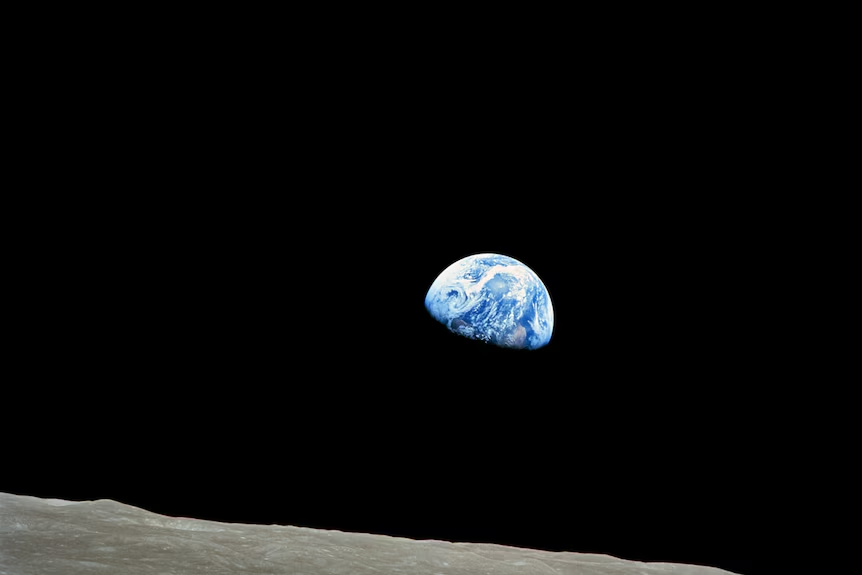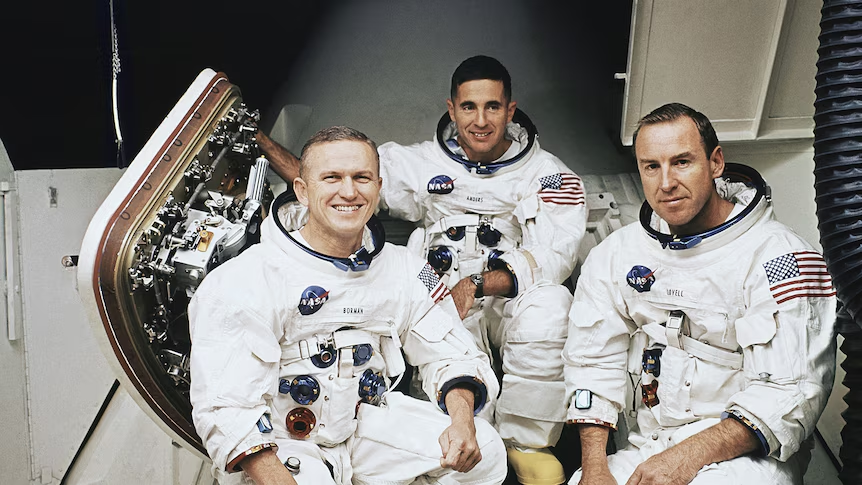Retired astronaut William Anders has died after the plane he was piloting crashed in Washington state, local media has reported.
Anders was one of the first humans to orbit the Moon and he captured the “Earthrise” photo during NASA’s Apollo 8 mission in 1968.
On Friday local time, the 90-year-old was the only person onboard the aircraft when it went down off the coast of Jones Island, part of the San Juan Islands archipelago between Washington and Vancouver Island, British Columbia, The Seattle Times reported, citing his son, Greg.
According to television station KCPQ-TV, Anders, who was a resident of San Juan County, was at the controls of a vintage Air Force single-engine T-34 Mentor that he owned.
Video footage showed on KCPQ featured a plane plunging from the skies in a steep dive before slamming into the water just offshore.
The San Juan County Sheriff’s Office did not immediately respond to a request from Reuters for confirmation of the crash.
Anders was a US Naval Academy graduate and Air Force pilot. He joined NASA in 1963 as a member of the third group of astronauts.
He did not go into space until December 21, 1968, when Apollo 8 lifted off on the first crewed mission to leave Earth’s orbit and travel 386,000 kilometres to the Moon.
Anders was the “rookie” on the crew, alongside Frank Borman, the mission commander, and James Lovell Jr, who had flown with Borman on Gemini 7 in 1965 and later commanded the ill-fated Apollo 13.
The Apollo 8 mission was originally scheduled for 1969, but was pushed forward because of concerns the Russians were accelerating their own plans for a trip around the Moon by the end of 1968.
That gave the crew only several months to train for the historic but highly risky mission.
During the flight, Anders captured what became one of history’s most iconic photographs, an image of Earth rising over the lunar horizon.

He also played a key role in another indelible episode from that Christmas Eve mission — leading off as the crew read from the Book of Genesis while Apollo 8 transmitted images of the lunar surface to Earth.
The three astronauts were greeted as national heroes when they splashed down three days later in the Pacific Ocean and were feted as Time magazine’s “Men of the Year.”
Their mission paved the way to the first Moon landing by Apollo 11 seven months later, assuring US victory in the Cold War “space race” with the Soviets.
Reuters


